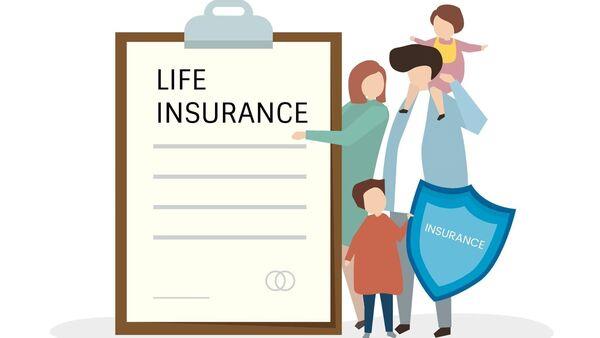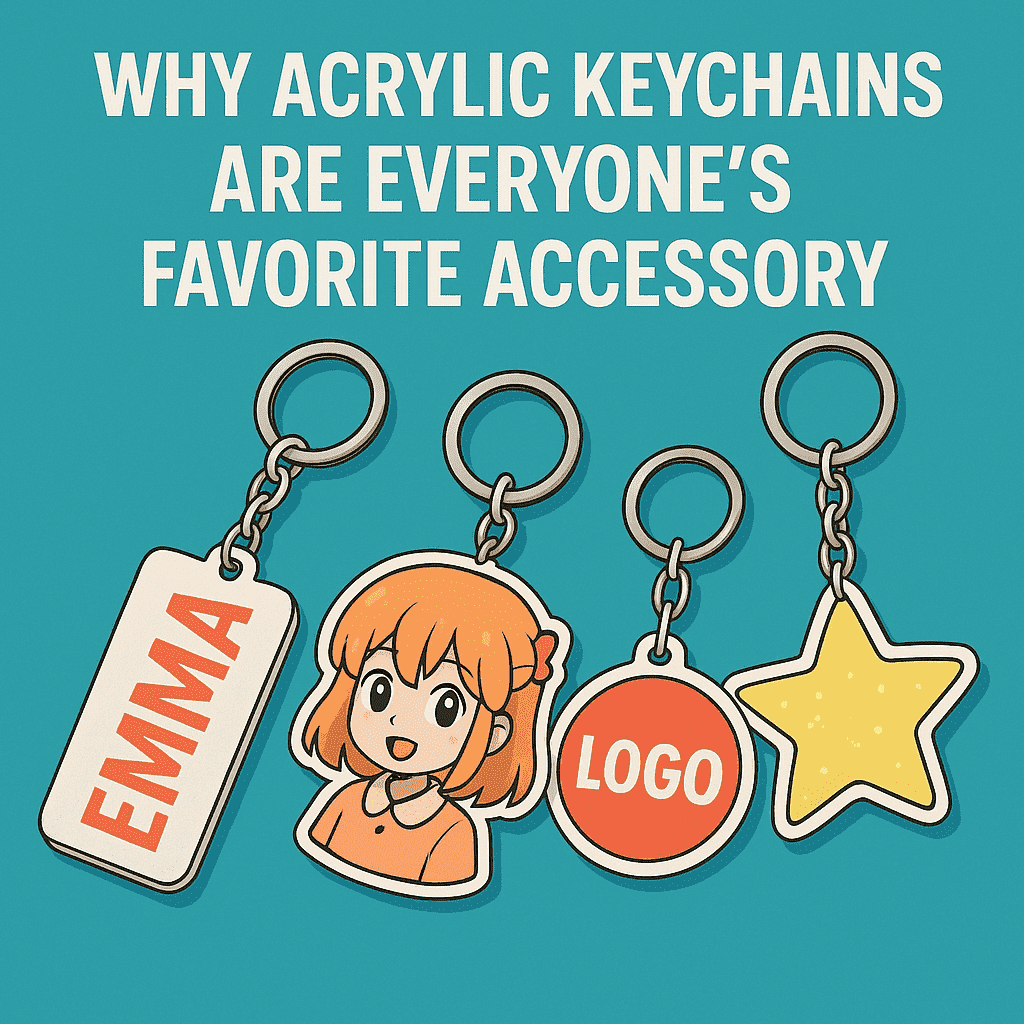Best wishes on your new position in Sheffield! This dynamic steel hub in Yorkshire has a thriving cultural scene, breathtaking landscape of the Peak District right outside its door, and a welcoming, laid-back vibe. The next important step is to find the ideal apartment.
With the help of this book, you will be able to successfully navigate Sheffield’s rental market, regardless of your needs as a young professional, a family looking for a secure sanctuary, or a couple seeking a convenient location.
The Nuances of Sheffield’s Neighbourhood
Every one of Sheffield’s varied neighbourhoods has its own distinct character. Here is a sample of a few well-liked choices:
City Core: The city centre, teeming with eateries, pubs, and retail stores, is ideal for people who are high energy. Wander through the Sheffield Winter Garden, see a performance at the Crucible Theatre, or explore the Peace Gardens. If you want peace and quiet at night, be ready for higher rents and take noise levels into account.
Kelham Island: Once an industrial centre, Kelham Island is now a hip location full of independent coffee shops, artisanal breweries, and art galleries. It’s perfect for young professionals because it’s close to the city centre and has a vibrant vibe.
Ecclesall Road and Broomhill are affluent, family-oriented communities with nice parks, schools, and a village-like community.
Be Aware of Your Budget: Depending on the area, size, and amenities, rents in Sheffield might vary significantly. Use property websites like Rightmove or Zoopla to find the typical rental costs in the neighbourhood of your choice. When creating your budget, don’t forget to account for other expenses like internet, utilities, and council tax.
Finding Your Flat: Exploring the Options
- Letting Agents in Sheffield
Letting agents act as intermediaries between landlords and tenants. They handle viewings, application processes, and tenancy agreements, saving you time and hassle. Reputable letting agents in Sheffield will:
- Offer a wide range of properties across different budgets and locations.
- Conduct thorough reference checks to ensure a safe and secure tenancy.
- Uphold tenancy deposit protection schemes.
- Be contactable for maintenance issues throughout your tenancy.
Here’s how to find letting agents in Sheffield:
- Online directories: Search for “letting agents in Sheffield” on search engines or property portals. Read online reviews to gauge their reputation.
- Recommendations: Ask friends, colleagues, or your new employer for recommendations on reliable letting agents.
- High street presence: Many letting agents have physical offices you can visit to browse their listings and get a feel for their service.
- Virtual Property Portals
Flats directly from landlords or rental agents are advertised on a number of internet property portals. Popular places to look for letting agent websites in Sheffield are Rightmove, Zoopla, and [Letting Agent Websites in Sheffield].Tips for Using Property Portals:
Configure alerts: To receive alerts when new properties become available, enter your ideal area, spending limit, and kind of property.
Streamline your lookup: To focus on certain qualities like parking, amount of bedrooms, and pet-friendliness, use filters.
Details for getting in touch: As competition for good apartments can be fierce, get in touch with landlords or rental agents as soon as possible to arrange viewings.
- Groups on Social Media
Join neighbourhood Facebook groups devoted to housing in Sheffield. Locals frequently recommend letting agents or promoting apartments.
- Noticeboards
Although they are less frequent these days, landlords may post advertisements of apartments directly on notice boards at some supermarkets, cafes, and libraries.
- Examining Apartments: Making a Well-Informed Choice
- Plan several viewings: Get a sense of various apartment types and neighbourhoods.
- Pose inquiries: Ask away about council tax bands, parking alternatives, energy ratings, and heating efficiency.
- Examine the situation: Check for indications of mould, moisture, or broken fixtures. Be thorough because you may be responsible for repairs made during your tenancy.
- Carefully read the tenancy agreement: Recognize your obligations and rights as a tenant.
Moving In: Crucial Actions
- Give citations: Your former employer or landlord may be asked for references by letting agents or landlords.
- Make a deposit: This will be kept in a government-protected scheme until the end of your tenancy and is usually equal to one month’s rent.
- Establish utilities: Speak with the providers of gas, electricity, and water.















Leave a Reply